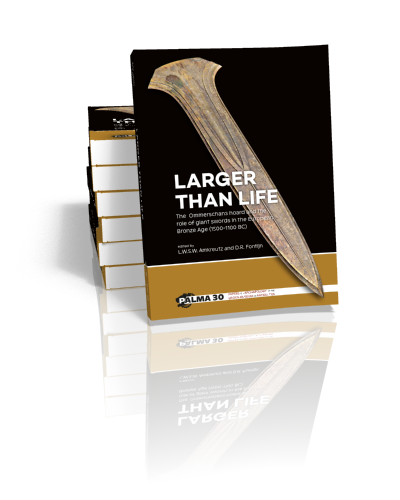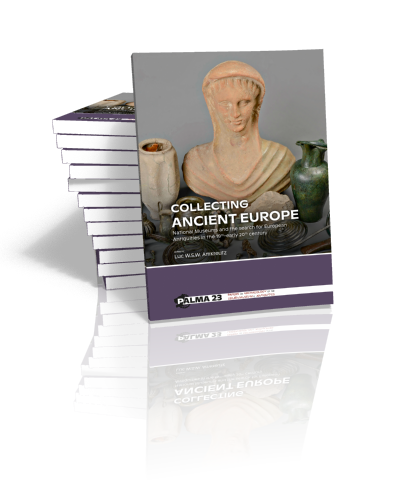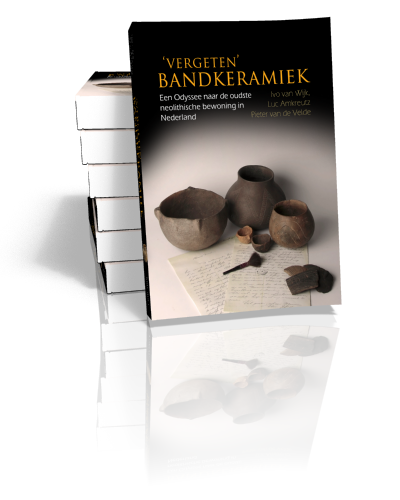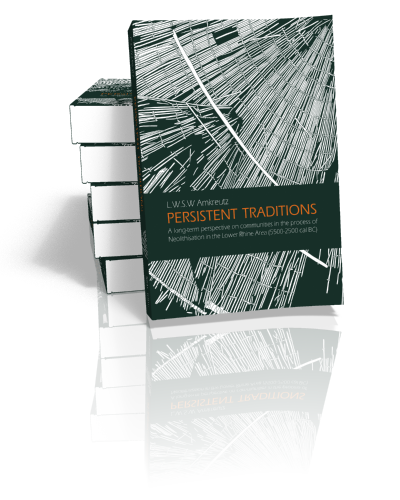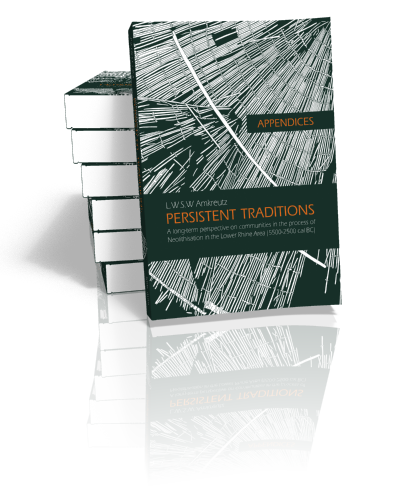Prof. Dr. Luc W.S.W. Amkreutz

Luc Amkreutz (1978) studied Prehistory at the University of Leiden. In 2004 he gained his MA with a study of the earliest farmers in the Netherlands (Linearbandkeramik) and their settlements along the river Meuse. In 2013 he was awarded his doctorate for his thesis ‘Persistent Traditions: A long-term perspective on communities in the process of Neolithisation in the Lower Rhine Area (6000-2500 cal BC)’, within the Malta Harvest project ‘From Hardinxveld to Noordhoorn – from Forager to Farmer’. He focused particularly on the socio-cultural changes in small-scale communities during the transition from hunting and gathering to agriculture.
Since 2008 Amkreutz has been the curator of Prehistory at the Dutch National Museum of Antiquities (RMO). Apart from numerous exhibitions, he worked on the 2011 new permanent exhibition ‘Archaeology of the Netherlands’, offering a fresh perspective on 300,000 years of the country’s history. He also co-created the exhibition ‘Cutting Edge Past’ in 2016 which ultimately led to the acquisition of the Ommerschans dirk in 2017. Amkreutz has conducted wide-ranging research including field projects into Early Neolithic farmers and the investigations of burial mounds. In 2016 he was awarded an NWO Museum grant to investigate the ‘Ancient Europe’ collection of the museum.
Currently, he is involved in researching the Palaeolithic and Mesolithic Prehistory of Doggerland. In 2021 he worked on the ‘Doggerland. Lost World under the North Sea’ exhibition in the RMO and co-edited the accompanying book, which was shortlisted for the EAA Book Prize 2023. He is also part of the NWO funded ‘Resurfacing Doggerland’ project. In 2022 he co-edited a volume on the oldest Linearbandkeramik settlement of the Netherlands at Elsloo and works on several projects involving the Neolithic in the Lower Rhine area and Northwest Europe in general.
Amkreutz was appointed professor of Public Archaeology at the Faculty of Archaeology, Leiden University in 2022.
Books by Luc W.S.W. Amkreutz
Larger than Life
The Ommerschans hoard and the role of giant swords in the European Bronze Age (1500-1100 BC)
Edited by Luc W.S.W. Amkreutz & David Fontijn | 2024
In 1896 a remarkable hoard was discovered near Ommerschans in the eastern Netherlands that included a spectacular object: a giant bronze sword. It was obtained by the landowner and kept by a forester, until it…
Collecting Ancient Europe
National Museums and the search for European Antiquities in the 19th-early 20th century
Edited by Luc W.S.W. Amkreutz | 2020
In order to understand our past, we need to understand ourselves as archaeologists and our discipline. This volume presents recent research into collecting practices of European Antiquities by national museums, institutes and individuals during the…
‘Vergeten’ Bandkeramiek
Een Odyssee naar de oudste neolithische bewoning in Nederland
Edited by Ivo van Wijk, Luc W.S.W. Amkreutz & Piet van de Velde | 2014
Het archeologisch onderzoek in Nederland naar de vroegneolithische Lineaire Bandkeramiek cultuur of LBK (5250-4950 v. Chr.) heeft een lange geschiedenis. Sinds de eerste vondsten in 1925 werken amateur- en beroepsarcheologen er aan om onze kennis…
Persistent Traditions
A long-term perspective on communities in the process of Neolithisation in the Lower Rhine Area (5500-2500 cal BC)
Luc W.S.W. Amkreutz | 2013
The adoption of agriculture is one of the major developments in human history. Archaeological studies have demonstrated that the trajectories of Neolithisation in Northwest Europe were diverse. This book presents a study into the archaeology…
Appendices: Persistent Traditions
A long-term perspective on communities in the process of Neolithisation in the Lower Rhine Area (5500-2500 cal BC)
Luc W.S.W. Amkreutz | 2013
The adoption of agriculture is one of the major developments in human history. Archaeological studies have demonstrated that the trajectories of Neolithisation in Northwest Europe were diverse. This book presents a study into the archaeology…



